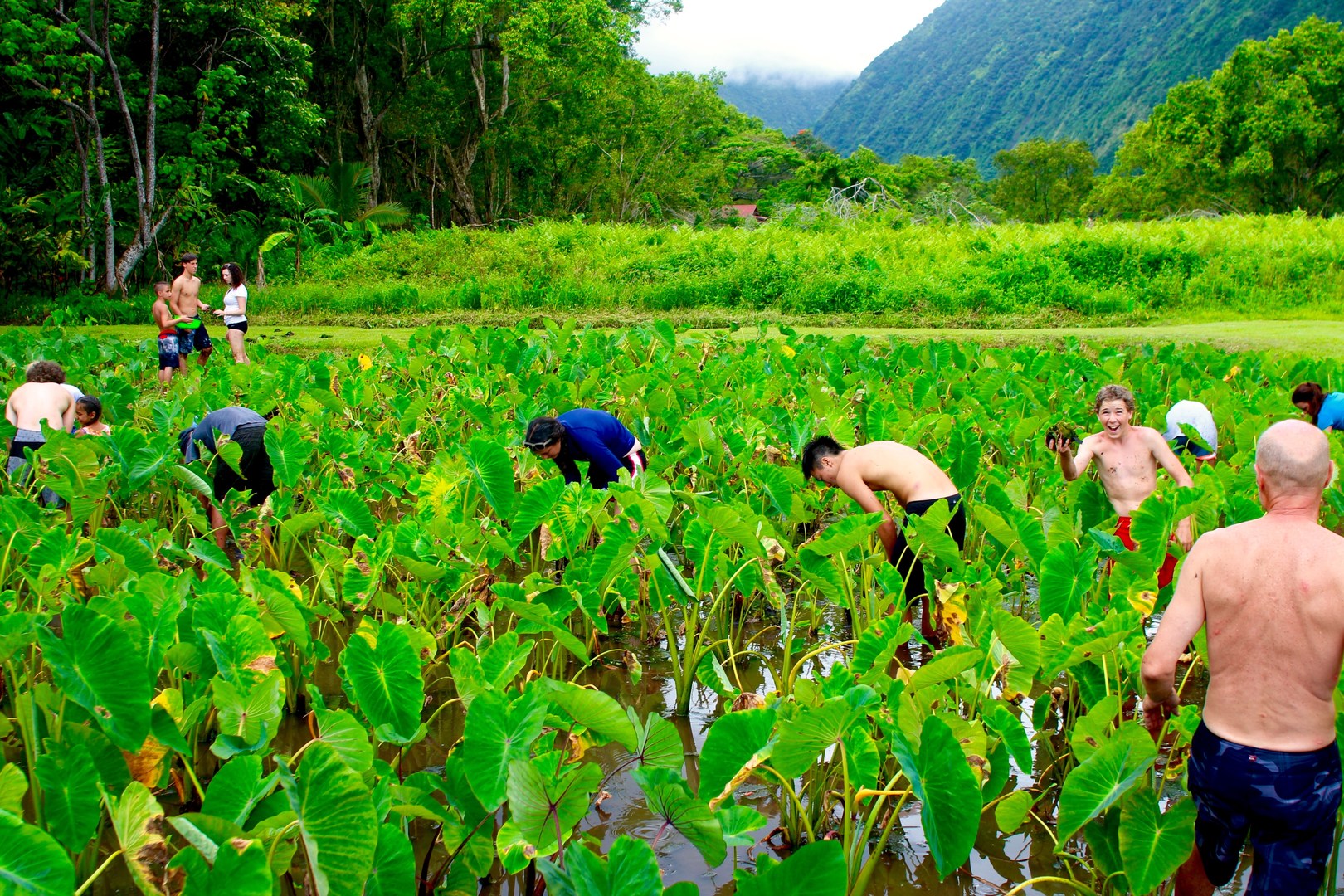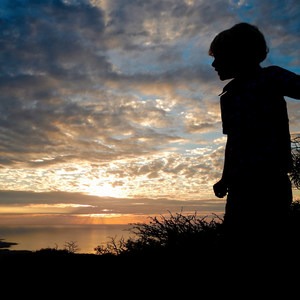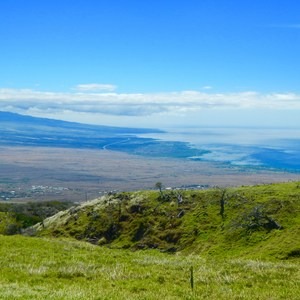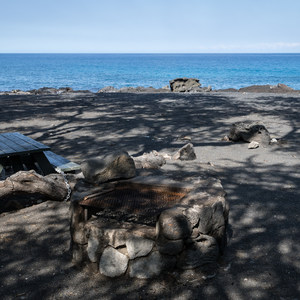You are here
Growing up the child of a geologist, my interest in the outdoors pretty much goes without saying. Yet, I was also acutely aware that in some respects, outdoor adventure can be cost prohibitive, and at times even a bit elitist. I remember being envious of some of my classmates who participated in expensive teen outdoor summer programs such as climbing Mount Hood, rafting the Colorado, and sailing off Nantucket. I was green-eyed over their winter vacations to Aspen, while I felt fortunate enough to spend a weekend at Ohio’s Brandywine Ski Resort (better than nothing!). That envy didn’t last terribly long, however, as one summer I decided to participate in a free volunteer program through the National Parks Service called Student Conservation Association (SCA).
For those unfamiliar with this program, a small group of high school students basically work within a trail crew for three to four weeks, and then the program provides a “rec trip” to a nearby location the group decides upon. In the summer of 2000, I headed to the swamps of Macon, Georgia, building new trails, implementing water bars to prevent erosion, graveling existing trails, and undertaking any other trail maintenance the park needed. Sounds like a lot of work, and it was. But it was awesome to be a teenager camping under the stars with new friends, coming up with crazy camp shenanigans, and spending weekends exploring Georgia’s state parks. My program ended with a backpacking trip on Cumberland Island, and I gained a sincerely profound admiration for the landscapes of the South, particularly the coast. It might not have sounded as spectacular as climbing Mount Hood on a guided trip with other affluent teenagers, but it was one of the most exhilarating four weeks of my young teenage life.
I don’t think I fully realized it until recently, but my work on a trail crew as a young adult definitely redefined my notion of what an outdoor adventure entailed. You didn’t necessarily have to be with best friends, move more than 100 yards in the span of five hours, be at high elevation, or even be miles away from civilization in general. You simply needed to be mentally and physically challenged, and for me, being in a national park was the icing on the cake (even if it was frontcountry). Perhaps the most important aspect of my experience with SCA is that it motivated me to seek out opportunities to provide services in what I’m passionate about: the outdoors.
I’ve lived in Hawai'i for seven years, and without a doubt, Hawai'i is one of the most ideal locations for what I’m going to call a "volunteer vacation." To me, a volunteer vacation is a little different than eco-tourism, though I suppose there is overlap. Let me explain. If you Google “eco-tourism in Hawai'i,” what will pop up is typically a list of certified eco-tour operators. On the Big Island, these tour groups do a fantastic job of showcasing the island’s diverse landscapes in a low-impact manner, and usually with a pretty hefty price tag. For me, such a tour lacks a certain element of authenticity– the opportunity to sweat, get muddy, work collaboratively with strangers, and ultimately come together as a diverse community for a meaningful cause. I don’t want to sound like a naysayer of the traditional “eco-tour”; these trips can be a great option for different types of travelers with different goals and time frames. Indeed, I’ve enjoyed many a different “eco-tour,” from elephant rides in the community forests of Sauraha, Nepal, to birding trips on the Kazinga channel in Uganda. However, what I mean by a volunteer vacation is the opportunity to actually work directly for a specific cause, whether that might be restoring marine health of fragile estuaries, removing invasive ginger from a rainforest, or rebuilding ancient Kalo terraces of historical importance.
I’ve had some pretty awesome outdoor experiences during my time on the Big Island– visiting remote green sand beaches, relaxing in hidden thermal pools, bushwhacking through dense fern forests. And yet, I can honestly say that some of my most memorable experiences and my truest “adventures” have been through service initiatives. Volunteering outings have taken me to some of the most pristine and hard-to-access places on the island, and many of these areas are off limits to the public. Perhaps most importantly, however, is that through these volunteer opportunities, I have been better able to connect with the ‘aina (land) and those in the broader community who permanently call Hawai'i home.
Hawaiians historically have always had a strong relationship with the land, a concept called “malama ‘aina,” which means “respect for the land.” Malama ‘aina is at the heart of basically all Hawaiian values, and it permeates just about all traditional and modern Hawaiian practices. This makes sense when you think about where Hawai'i is located, a small landmass thousands of miles away from the nearest continent. Developing sustainable practices would have been essential for the survival of the island’s first inhabitants, and this ancient Hawaiian ethos is still infused within the modern Hawaiian lifestyle. The word “sustainable,” for instance, does not even translate in Hawaiian; why would the Hawaiians need a word for a concept that is simply perceived as the unspoken norm? And yet, it is rare for visitors to Hawai'i to really see the malama ‘aina concept put into practice. Visitors might watch some hula dancers while eating laulau at a resort luau (traditional Hawaiian feast), but few get to explore a kalo farm and help with the harvest used for the laulau being eaten, or even understand why the harvest is important.
Why is there this disconnect? Perhaps it is simply because most travelers haven’t really considered a volunteer vacation (unless one is talking about volunteering in a developing country). This is probably simply because most travelers use guide books or websites to assist in the construction of their itinerary, and you can’t plan what you don’t know. If you don’t know what is available, you’ll probably stick to a more traditional adventure. That being said, I’ve decided to include four different service opportunities upon which I have had the pleasure to work. Believe me, there are quite a few more Big Island organizations worthy of able-bodied assistance: There are so many incredible organizations on the Big Island devoted to cultural and environmental conservation that it would be impossible to name them all in one meager blog post, but here are four awesome groups worth checking out if you are coming to the Big Island.
Of the four I’ve included, most are family friendly, and I have been able to work alongside my two young children, who unconsciously are learning malama ‘aina as a way of life. On these volunteer work days, I’ve been impressed by the number of volunteers from off-island, working on their own vacations to create a true adventure opportunity with a lasting effect. Indeed, it’s allowed me to rethink how I might travel in the future, and to ultimately rethink what constitutes an “adventure.”
Pōhāhā I Ka Lani (Waipio Valley)
Pōhāhā I Ka Lani has a couple of different volunteer sites, but perhaps the most dramatic is in Waipi’o Valley with their Mālama Nāpoʻopoʻo program. Once an ancient village, Nāpoʻopoʻo’s lo’i (kalo terraces) are being restored so that generations to come may better understand Hawaiian practices. Volunteer days include working with kalo (an important Hawaiian food), rebuilding the irrigation systems, or removing invasive species and weeds. This is a great location if you would like to work directly with kalo (which is prepared in many delicious ways) while also working to preserve important parts of Hawai'i’s history. Waipi’o Valley is also home to a half-mile-long pristine black sand beach, and Nāpoʻopoʻo offers spectacular views of Hi’ilawe, a 1,000-foot waterfall in the back of the valley. Pōhāhā I Ka Lani volunteer opportunities are family friendly, and all ages and abilities are welcome to participate. For more information, visit their website.
The Mauna Kea Forest Restoration Project (Mauna Kea Mountain)
The Mauna Kea Forest Restoration Project (MKFRP) has two main volunteer sites that it is working to restore, the Ka’ohe Restoration Area and Pu’u Mali Restoration Area, both of which are located on the flanks of Mauna Kea. With the introduction of goats to the island, Mauna Kea’s unique ecosystems were virtually decimated, with few native tree saplings able to thrive. The destruction of the forests have had a devastating effect on many endemic animals, specifically the palila bird, found only on the slopes of Mauna Kea. Working with MKFRP will take you to remote spots on this massive volcanic mountain, and you will undoubtedly learn quite a bit about the trees that once thrived at higher elevations, and the birds that rely on these trees. MKFRP offers volunteer days and multi-day overnight opportunities. The cabin and a-frames of Pu’u Mali offer a spectacular spot to spend the night after a hard day of work. Because of the higher elevation and remote setting, these volunteer days are not typically ideal for children, though you can check with the volunteer coordinator as some volunteer days at Ka’ohe offer tasks for younger kids. Ka’ohe is the location of the recently opened interpretive Palila Discovery Trail, which is worth a visit for birding enthusiasts. Visit MKFRP’s facebook page for more information.
Hui Aloha Kiholo and The Nature Conservancy (Kiholo Bay)
Every third Saturday these two organizations offer volunteer work days throughout the Kiholo Bay State Reserve and on neighboring private property. Often these work days include working to restore the ancient fishponds of Kiholo, among other important activities devoted to the cultural and environmental preservation of the bay. While Kiholo Bay State Reserve is open to the public, these fishponds are on private property now managed by The Nature Conservancy and are off limits to the public. Volunteering at one of these workdays is an amazing opportunity to enter these private fishponds and help in the restoration of an important part of Hawai'i’s history. The service days are family friendly, with different activities available for children and adults of all ages and abilities, and you can expect to work alongside thriving green sea turtles, which frequent the ponds. You can also expect a welcoming potluck lunch and a keynote speaker (basically a lot of the aloha spirit). For more information about work days visit Hui Aloha Kiholo’s webpage.
The Kohala Watershed Partnership (Kohala Mountain)
The Kohala Watershed Partnership (KWP) manages a few different spots on Kohala Mountain and the neighboring ranchlands. Volunteer days are about as diverse as the ecosystems within this watershed; service includes removing invasive ginger from the wet forests of Pu’u O Umi Natural Reserve Area, planting native trees within the dry forest along the Koai’a Corridor and within the Koai’a Tree Sanctuary, or even building sediment dams to help protect the downstream coral reefs miles below. Not all volunteer days are family friendly, so you will need to check with the volunteer coordinator to see if it would be appropriate to bring children, but many are excellent options for families. Visit their webpage for more information.







Comments
More Info:- https://selectivf.com/cost-of-surrogacy-in-mumbai/
More Info:- https://selectivf.com/best-ivf-centre-in-mumbai/
More Info:- https://selectivf.com/egg-donation-cost-mumbai/
Sign In and share them.